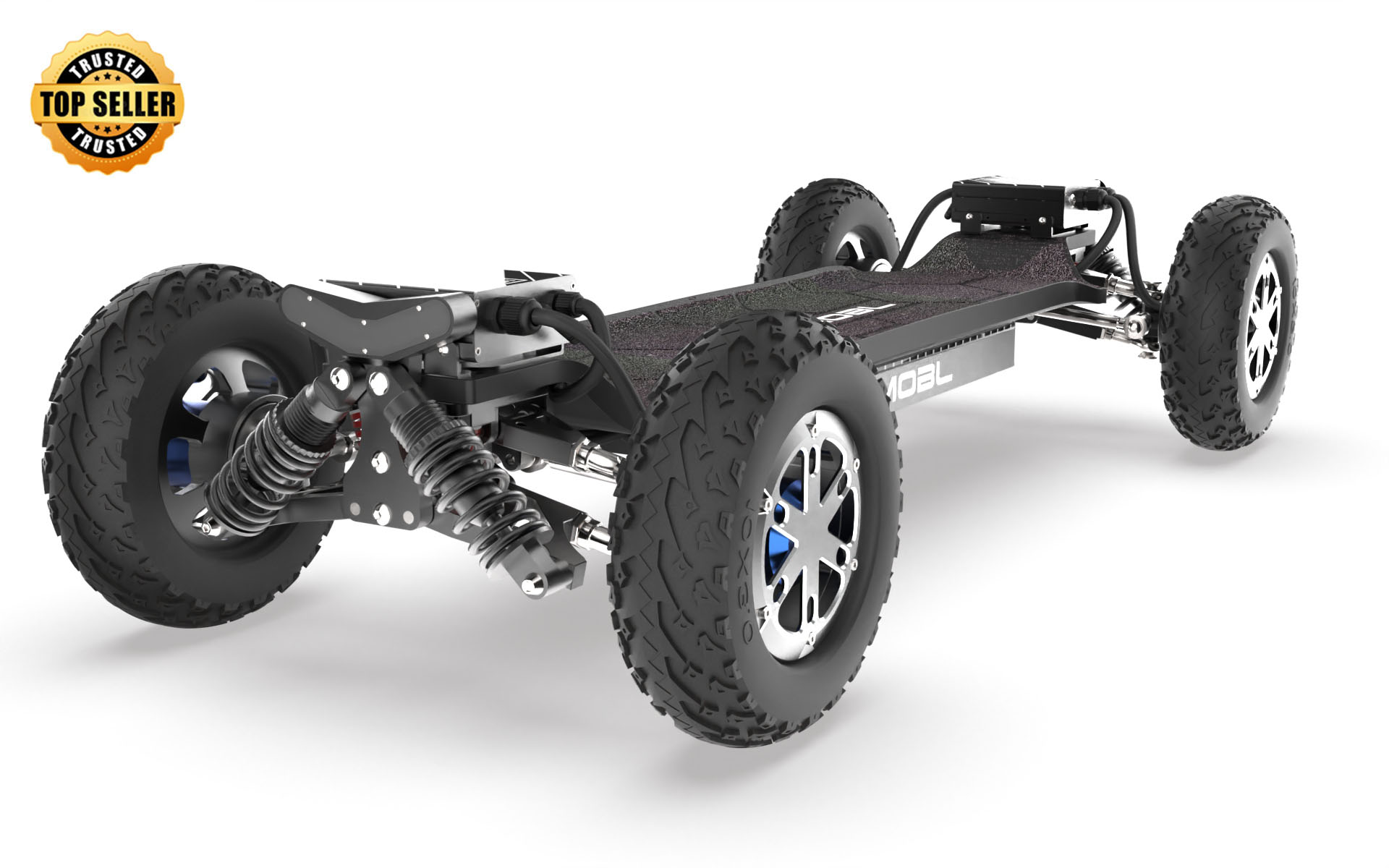Unleash the Thrill: Discover the Magic Behind Motorized Skateboards!
Motorized skateboards, often referred to as electric skateboards, are revolutionizing the way we think about skating and personal transportation. With their increasing popularity, these innovative boards offer a thrilling experience that takes the traditional concept of skateboarding to new heights. Imagine gliding effortlessly down the street, propelled by a powerful motor, feeling the wind rush past you as you navigate through urban landscapes or scenic routes. This article aims to delve into the mechanics of motorized skateboards, exploring how they work and the myriad benefits they provide to riders of all skill levels.

How Motorized Skateboards Work
At the heart of every motorized skateboard lies an electric motor, which provides the necessary propulsion for the rider. These motors can vary, but they generally fall into two main categories: hub motors and belt-driven motors. Hub motors are integrated directly into the wheels, offering a sleek design and reduced maintenance, while belt-driven motors connect to the wheels via a belt mechanism, providing greater torque and acceleration. This difference in mechanics can significantly affect performance, with hub motors typically offering a smoother ride and belt-driven options delivering more power for steep inclines.
A motorized skateboard is also equipped with a rechargeable battery, which powers the motor and determines the skateboard's range and speed. Riders can choose from various battery types, with lithium-ion batteries being the most common due to their lightweight and efficient energy storage capabilities. Additionally, control systems are integral in motorized skateboards, allowing riders to manage speed and braking via a handheld remote or even foot sensors in more advanced models. Understanding these components gives riders insight into their board's performance and capabilities, ensuring they can maximize their skating experience.
Components of a Motorized Skateboard
Motorized skateboards are composed of several key components that work together to ensure a smooth and thrilling ride. The deck serves as the platform for the rider, designed for stability and comfort. Materials such as bamboo, maple, or composite materials are commonly used to provide durability and flexibility. The wheels, often larger than those on traditional skateboards, are essential for providing a smooth ride over various terrains, from pavement to gravel.
The motor, as previously mentioned, comes in different configurations, influencing the skateboard's speed and handling. The battery is another critical component, as it dictates how far and fast a rider can go without needing a recharge. Lastly, the controller allows the rider to manipulate speed and braking, making it a vital part of the overall experience. By understanding these components, riders can better appreciate the technology behind their boards and make informed decisions when purchasing or upgrading their gear.
Benefits of Motorized Skateboards
Motorized skateboards offer a plethora of advantages over their traditional counterparts, making them an appealing choice for both novice and experienced riders. One of the most notable benefits is speed; with the ability to reach speeds of up to 30 miles per hour, riders can cover distances quickly, making them an excellent option for commuting. This speed is paired with ease of use, as many skateboarders find the learning curve for motorized boards to be less steep, allowing newcomers to pick up the sport more rapidly.
Accessibility is another significant advantage. Many motorized skateboards feature intuitive controls that can be managed with a simple handheld remote or foot pads, making it easier for riders of all skill levels to enjoy the thrill of skateboarding. Furthermore, the potential for commuting is vast; motorized skateboards can serve as an eco-friendly alternative to cars, helping to reduce traffic congestion and carbon emissions. Many of my friends have switched to using motorized skateboards for their daily commutes, sharing stories of how they’ve transformed their travel routine into an enjoyable ride rather than a stressful drive.
Environmental and Economic Impact
In addition to their personal benefits, electric skateboards contribute positively to environmental sustainability. Unlike gas-powered vehicles, motorized skateboards produce zero emissions, making them an attractive option for eco-conscious individuals looking to reduce their carbon footprint. The energy consumption of electric skateboards is significantly lower than that of traditional vehicles, highlighting their potential as a green transportation alternative.
From an economic perspective, motorized skateboards can lead to cost savings over time. Riders save on fuel, parking fees, and vehicle maintenance, making them a budget-friendly option for daily transportation. Many users report that after the initial investment, the ongoing costs are minimal, especially compared to maintaining a car. In a world increasingly aware of its environmental impact, motorized skateboards are a step toward a more sustainable future, appealing to those who wish to make smarter choices in their daily lives.
Embracing the Future of Skateboarding
Motorized skateboards represent a thrilling blend of technology and fun, offering numerous advantages over traditional skateboarding. With an understanding of how they work, from the mechanics of the motor to the crucial components that form the board, riders can appreciate the depth behind these innovative devices. As we’ve explored, the benefits range from speed and ease of use to environmental sustainability and cost-effectiveness, making motorized skateboards an enticing option for both recreation and transportation. I encourage you to consider giving one a try; who knows, it might just ignite your passion for skating in a whole new way. With a growing community of enthusiasts, there’s never been a better time to dive into this electrifying world!








